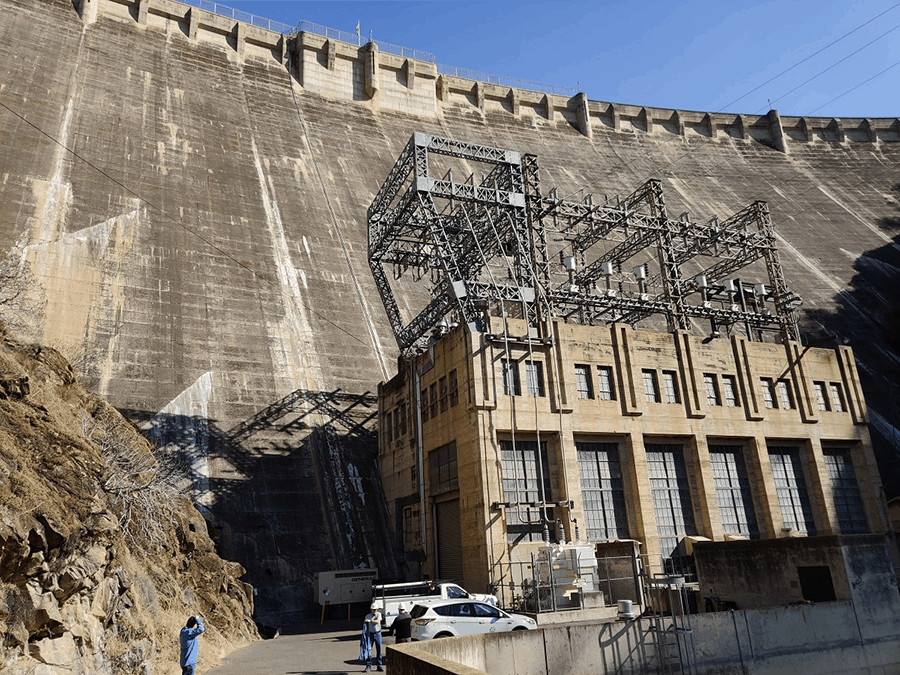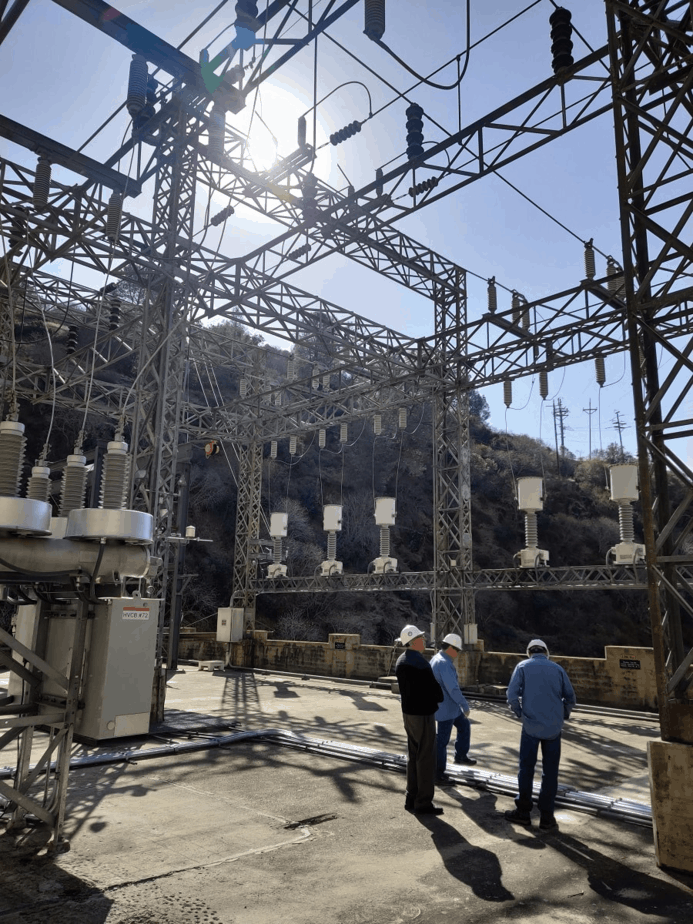Situational intelligence is the secret sauce for creating 10x engineers. Think of it as street smarts, but in the engineering world.
In a nutshell, situational intelligence is all about being hyper-aware of your surroundings and using that info to solve problems while dodging potential pitfalls.
Sure, a bunch of engineers already have situational intelligence, but they’re not always putting it to good use.
Why engineers with situational intelligence make a huge splash
Engineering projects can be a maze of murky design elements and work scopes. When you’re tackling complex tasks, you can’t just rely on old designs like a crutch. Instead, you’ve gotta size up the situation and figure out the most practical approach. To help you grasp this concept, let’s contrast situational intelligence with emotional intelligence – its polar opposite.
Emotional intelligence is all about dissecting your own and others’ emotions and managing them to create the perfect emotional atmosphere. It’s about keeping everyone happy.
But for engineers, this touchy-feely stuff isn’t a top priority. Engineers don’t need to be emotion-whisperers to excel at their jobs. They just need clear-cut tasks so they can work like well-oiled machines. In fact, being called a machine is often high praise for engineers. I’ve even written “10 Easy Tips on How to Work Like a Machine.”
Social intelligence might not be crucial, but situational intelligence is a must-have for engineers who want to deliver top-notch work.

Important Note: As you climb the engineering ladder, social intelligence becomes more important. You’ll need to collaborate with other engineers, managers, and business folks. But from a purely technical standpoint, social intelligence isn’t a deal-breaker.
Hydroelectric facility design using situational intelligence

Let me paint you a real-life scenario to demonstrate the power of situational intelligence. Without it, a hydroelectric design could lead to:
- Tens of millions of dollars in damages from failed facilities
- Years of project delays that seem never-ending
- Acres of destroyed wildlife habitats
- Displacement and death of thousands of people
Those are definitely disasters we want to sidestep. Now, let’s say you’re bidding on a hydroelectric project design, and the submission requires a preliminary design. The customer will size you up based on:
- Competency
- Experience with hydroelectric design work
- Ability to think outside the box
- Consideration given to real-world design variables
Preparing the hydroelectric preliminary design report
Before diving into the design, you need intel on these design parameters:
- Max and min reservoir water capacity
- Max and min water elevation
- Number of hydro units
- Number of penstocks
- Max and min power capacity
- Max and min water flow
Sure, every competing engineering firm will (hopefully) factor in these metrics. But someone with high situational intelligence digs deeper into the design parameters. You’ll also want to think about:
- Project location versus hydrology (rain)
- Protecting natural habitats and wildlife
- Blockage of fish travel passages
- Changes in water quality
- Displacement of local populations
- Easement considerations
- Economic feasibility of the facility over a 50-year life cycle
- Short-term financing options (e.g. bond payments)
Design and data presentation
Taking the easy way out, you could whip up a 30-page preliminary design report—a generic, hard-to-digest wall of text with just one design case. But someone with high situational intelligence knows better.
To make your content pop and easy to scan, try these tricks:
- Headers and sub-headers
- Bullets and lists
- Tables and charts
- Different text colors
- Maps
- Pictures and diagrams
While you’re at it, tackle all the critical design variables we mentioned earlier. Include stuff like:
- Proposed project locations with pros and cons
- History and current land usage of the proposed project locations
- Flood hazard assessments (e.g. dam failures, diversion dams, and stability reviews)
- Overviews of generation and hydraulic systems’ equipment
- Powerhouse overviews
- Structural foundation overviews
- Structural and geotechnical assessments of the proposed project locations
- Construction methods
And don’t forget site-specific data in your charts and tables:
- River profile
- Annual river flow duration
- Peak discharge frequency
- Power generation capacity versus flow rates
- Structural stability and stress analysis
- Hydrologic studies
Finally, serve up some preliminary engineering drawings for each site location:
- 3D topographical survey
- Dam and powerhouse plans
- Dam cross-section views
- Electrical one-line diagram
Design assessment conclusion

Time to bring it all together and give your customer the best design option based on your research.
A person with high situational intelligence will take stock of all the data, tap into their experience and common sense, and craft a solid conclusion.
For instance, in our report, we’d break down the pros and cons of the proposed site locations like this:
- Location #1: Has the highest generation capacity but comes with major environmental concerns.
- Location #2: Offers less generation capacity than Location #1, but its environmental impact is minimal.
- Location #3: Matches Location #2 in terms of generation capacity, but its environmental impact is unknown due to incomplete data from poor weather conditions.
We’d also have a section that dives deep into the assessment details, like:
- The environment at Location #1 is going to take a big hit. So, the project could be delayed indefinitely thanks to never-ending environmental regulations. And the project cost? Through the roof! The added generation capacity might not be worth the investment.
- Potential landslides at Locations #1 and #3 due to rock instability mean more structural engineering work, which translates to higher project costs.
- Location #3 doesn’t have room to design a spillway to prevent flooding.
- Location #2 has the smallest environmental impact compared to Locations #1 and #3.
- Location #2 is the least risky of the bunch.
Now, you might think Location #1 is the clear winner, right? It offers max power generation, and that’s the goal! But hold up. The environmental risks at Location #1 could send the project cost soaring. Instead, go for Location #2, based on your future projection.
Level up your situational intelligence
As an engineer, you’ve got to keep honing and improving this crucial skill.
Remember when I said situational intelligence is like street smarts? So, how do you get street smarts? By facing situation after situation and learning firsthand how the real world works—sometimes even getting burned and learning what not to do.
If you’re cooped up in your room playing video games all day, chances are you won’t have an ounce of street smarts in you. Likewise, some engineers can be like the person who plays video games all day, living in a bubble with no exposure to the real world.
To beef up your situational intelligence in engineering, try these tips with minimal hand-holding:
- Tackle challenging projects
- Review all aspects of a project, not just your area of expertise
- Lead projects from start to finish
- Collaborate with everyone on projects (yup, that means leaving your office)
- Get hands-on engineering experience
- Seek out hidden questions and problems, and find the answers
- Study past engineering failures and learn from them
- Understand the reasoning behind every design decision
Conclusion
So, go the extra mile to gather all the obvious and not-so-obvious data for any engineering work you do. Then dissect and analyze the impact of each piece of information while learning to understand why great engineers do certain things a certain way.
That’s how engineers have created all the modern marvels of today. Heck, even the ancient Egyptians had impeccable situational intelligence skills—the Great Pyramids in Giza still stand tall, with their chambers amazingly intact after thousands of years.
What benefits do you see in having top-notch situational intelligence? How do you think engineers can improve their situational intelligence?
